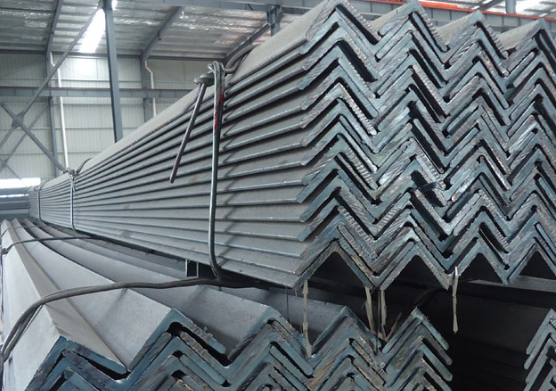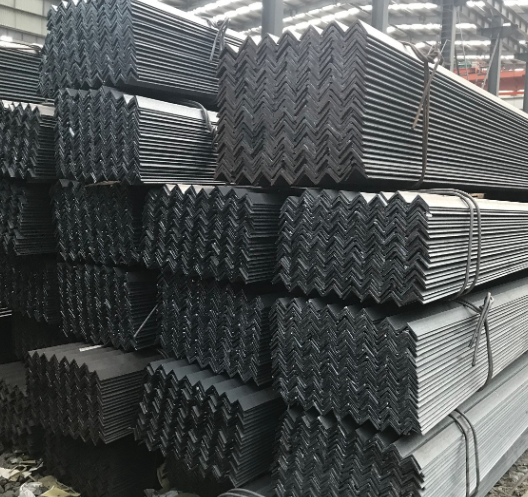Angle iron is a type of long strip steel with two sides perpendicular to each other, forming an angular shape. Below is an introduction to angle iron, including its common sizes and market prospects.
Angle iron typically adopts an "L"-shaped cross-section, and its size specifications mainly include side length and thickness. Common angle iron sizes include:
25mm x 25mm
30mm x 30mm
40mm x 40mm
50mm x 50mm
Larger sizes such as 75mm x 75mm and 100mm x 100mm are also available. The thickness of each size of angle iron usually ranges from 2mm to 10mm, with specific choices depending on project requirements.
CREDIT

Angle iron is further categorized into equal-leg angle iron and unequal-leg angle iron. Unequal-leg angle iron can be subdivided into two types: unequal legs with equal thickness and unequal legs with unequal thickness. The specification of angle iron is represented by the size of its side length and thickness.

Angle iron has a broad application prospect in the construction, manufacturing, and engineering fields. With the acceleration of urbanization and the development of various industries, the demand for angle iron is expected to continue to increase.
Advantages: Angle iron is lightweight, high in strength, and corrosion-resistant. It exhibits superior performance in withstanding pressure and moments in building structures.
Applications: Due to these advantages, angle iron is widely used in various building structures and engineering structures, such as house beams, bridges, highways, oil and gas pipelines, power transmission towers, lifting and transportation machinery, ships, industrial furnaces, reaction towers, container racks, cable trench supports, power distribution piping, busbar support installations, and warehouse shelves.
In summary, angle iron has significant market potential due to its wide range of applications, excellent properties, and increasing demand from various industries.
CREDIT

